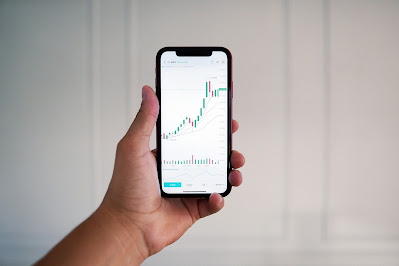So, you may ask what is the way out?
Yes! there is a smarter way.

Get yourself into a full-time degree. It doesn't have to be specifically in Data Science. You need to find something related to Statistics, Analytics, Computer Science. It could be something like an MBA in Business Analytics or something like a Masters in Statistics.
This will push you into a structured path, your only effort would be put into getting yourself up-skilled in Data tools & techniques.
At the end of the course, you will know which companies are looking for you. It's like you narrow down your search, the companies find it easier to access talent. Like win-win.
Of Course, no-one-size fits all. Also, I have talked about it in a youtube video. Check it out below:







